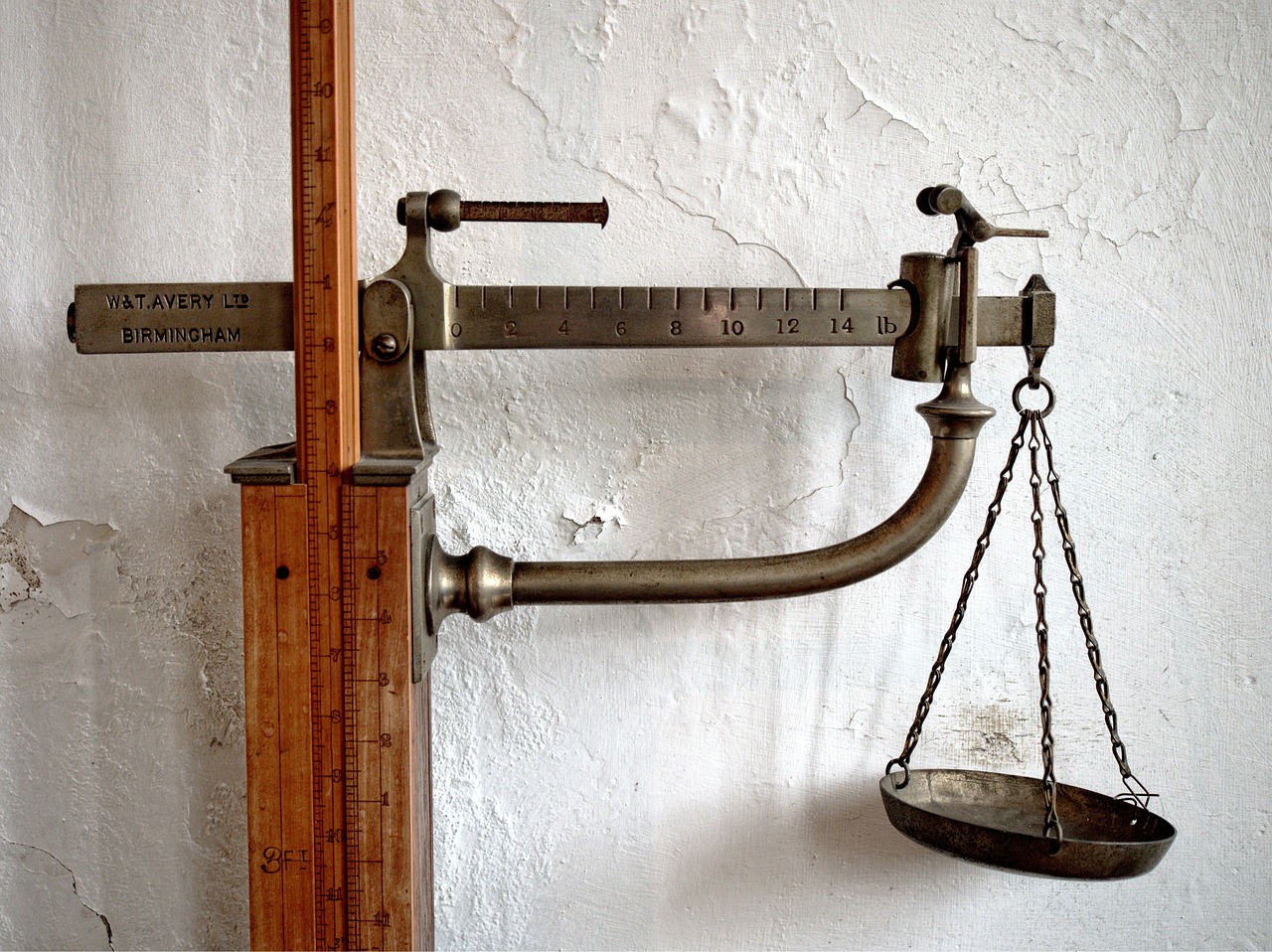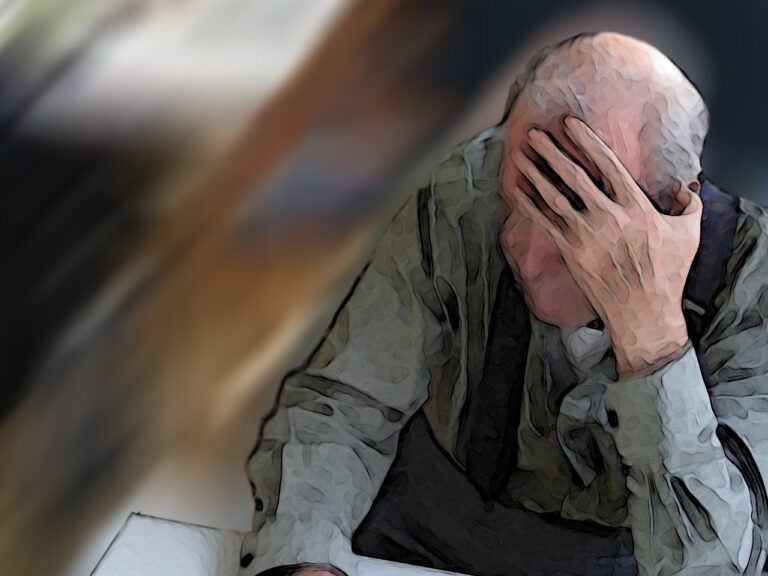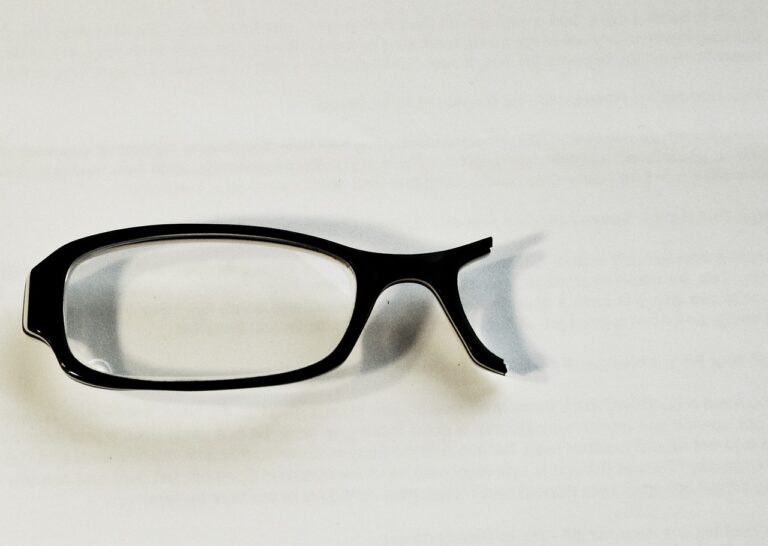Exploring the Benefits of Art Therapy for Mental Health and Wellbeing
Art therapy is a versatile form of therapy that harnesses the expressive and transformative qualities of art to aid in the healing process. Through the creative process, individuals can explore and communicate their thoughts, feelings, and experiences in a non-verbal way, making it a valuable tool for those who struggle to articulate their emotions through words. The act of creating art has been linked to reducing stress levels, enhancing self-awareness, and fostering a sense of empowerment and control over one’s emotions and experiences.
Understanding the Connection Between Art and Mental Health
Art has long been recognized as a powerful medium for expressing thoughts, emotions, and experiences that may be difficult to articulate verbally. This ability to communicate through visual means can be particularly beneficial for individuals who struggle to convey their inner world using words alone. Through the process of creating art, individuals are able to explore and process complex emotions, facing them in a tangible and creative way.
Moreover, engaging in art-making has been found to stimulate various regions of the brain associated with creativity, problem-solving, and emotional regulation. This stimulation can lead to enhanced cognitive functioning and increased emotional resilience. By tapping into these brain regions through art therapy, individuals can develop healthier coping mechanisms and improve their overall mental well-being.
How Art Therapy Can Improve Emotional Expression
Art therapy offers a powerful means of improving emotional expression for individuals facing various challenges. Through the use of different art forms, such as painting, drawing, or sculpting, individuals can tap into their inner emotions and express them in a safe and non-verbal manner. This can be particularly beneficial for those who may struggle to put their feelings into words or feel overwhelmed by their emotions.
Engaging in art therapy sessions can help individuals unlock and process deep-seated emotions that may be difficult to address through traditional therapy or communication. By exploring creativity in a therapeutic setting, individuals can gain insights into their emotional experiences, leading to a greater sense of self-awareness and emotional clarity. This process of creative expression helps individuals externalize their emotions, making them more tangible and manageable in the process of healing and growth.
Art Therapy as a Tool for Stress Relief
In the midst of life’s demands and pressures, stress can easily take its toll on our mental and emotional well-being. When words seem insufficient to express the depth of our feelings, art therapy emerges as a powerful medium for releasing pent-up stress and tension. Through the act of creating visual art, individuals can externalize their internal struggles and find solace in the process of self-expression.
The therapeutic nature of art allows individuals to immerse themselves in the present moment, letting go of worries about the past or future. Engaging in art therapy provides a safe space for individuals to confront their stressors, explore their emotions, and cultivate a sense of inner peace. By channeling their energy into creative endeavors, individuals can discover new ways of coping with stress and nurturing their mental resilience.
Exploring the Role of Creativity in Mental Wellbeing
Creativity plays a pivotal role in supporting mental wellbeing by offering a means of self-expression and emotional release. Engaging in creative activities such as painting, writing, or sculpting allows individuals to tap into their inner thoughts and feelings, fostering a deeper understanding of themselves. Through the process of creation, individuals can channel their emotions and experiences into tangible forms, helping them to make sense of complex feelings and find solace in their artistic expression.
Furthermore, creative endeavors stimulate the brain’s reward center, promoting the release of dopamine and enhancing feelings of pleasure and satisfaction. This neurobiological response to creativity not only boosts mood but also reduces stress and anxiety levels. By immersing oneself in creative pursuits, individuals can enter a state of flow where they are fully absorbed in the present moment, fostering a sense of calm and mindfulness that can have lasting benefits for mental wellbeing.
Art Therapy Techniques for Enhancing Self-Reflection
In art therapy, techniques are utilized to help individuals delve deeper into their inner thoughts and emotions through the process of creating art. This form of therapy can aid in enhancing self-reflection by providing a nonverbal avenue for expressing complex feelings and experiences. By engaging in artistic activities, individuals can explore their subconscious thoughts and gain insight into their own inner workings, fostering a deeper understanding of themselves.
One common technique used in art therapy for enhancing self-reflection is the creation of visual journals or sketchbooks. These personalized art forms serve as tangible records of an individual’s journey towards self-discovery and can be filled with drawings, paintings, collages, or written reflections. Through the act of journaling visually, individuals are encouraged to express themselves freely without the constraints of traditional verbal communication, allowing for a more authentic and introspective exploration of their thoughts and feelings.
The Impact of Art Therapy on Anxiety and Depression
Art therapy has been recognized for its positive influence on individuals struggling with anxiety and depression. Through the creative process of creating art, individuals are able to explore and express their emotions in a safe and nonverbal manner. This can be particularly beneficial for those who find it challenging to articulate their feelings through words. By engaging in art therapy, individuals can gain a deeper understanding of their emotions and experiences, leading to increased self-awareness and emotional insight.
Furthermore, art therapy provides a sense of empowerment and control to individuals dealing with anxiety and depression. The act of creating art allows individuals to channel their energy into something productive and meaningful, fostering a sense of accomplishment and self-worth. This can help individuals build resilience and coping skills, enabling them to better manage their symptoms and navigate their mental health challenges with a greater sense of agency and confidence.
Promoting Mindfulness Through Art Therapy
Art therapy serves as a gateway to cultivate mindfulness through the practice of creative expression. Engaging in art-making activities can anchor individuals in the present moment, fostering a sense of awareness and connection to their inner thoughts and emotions. By channeling their focus onto the artistic process, individuals can experience a state of mindfulness that promotes relaxation and stress reduction.
The act of creating art encourages individuals to observe the intricate details of their surroundings and the materials they are working with, promoting a sense of presence and mindfulness. Through art therapy, individuals can learn to attune to their senses and fully immerse themselves in the artistic experience. This heightened awareness can help individuals develop a deeper understanding of their emotions and thoughts, ultimately promoting self-reflection and personal growth.
Art Therapy for Building Resilience and Coping Skills
Art therapy serves as a powerful tool for individuals seeking to build resilience and enhance coping skills. Through the creative process of making art, individuals can explore and express their emotions in a safe and non-judgmental space. This exploration allows for a deeper understanding of one’s thoughts and feelings, ultimately fostering resilience in the face of challenges.
Art therapy also provides individuals with coping mechanisms to navigate difficult situations. By engaging in artistic expression, individuals can develop healthy ways to manage stress, anxiety, and other emotional struggles. The act of creating art can serve as a form of self-care, promoting emotional well-being and enhancing one’s ability to cope with adversity.
Incorporating Art Therapy into a Holistic Wellness Routine
In a holistic wellness routine, art therapy serves as a profound avenue for self-exploration and emotional processing. Engaging in creative expressions allows individuals to tap into their innermost thoughts and feelings, fostering a deeper understanding of their mental and emotional state. Through the act of creating art, individuals can channel their emotions in a constructive manner, paving the way for catharsis and healing.
Art therapy offers a unique way to cultivate mindfulness and present-moment awareness. By immersing oneself in the process of creating art, individuals can cultivate a sense of inner peace and tranquility. The meditative quality of engaging in art can help individuals quiet their minds and reduce stress, promoting overall well-being in a holistic approach to self-care.
What is art therapy?
Art therapy is a form of therapy that uses creative techniques such as drawing, painting, and sculpting to help individuals explore and express their emotions in a safe and supportive environment.
How can art therapy improve mental health?
Art therapy can improve mental health by providing an outlet for emotional expression, reducing stress and anxiety, promoting mindfulness, and enhancing self-reflection and coping skills.
Is art therapy only for artists or creative individuals?
No, art therapy is for everyone regardless of artistic ability. It is about the process of creating and expressing oneself, not the end result.
How can I incorporate art therapy into my holistic wellness routine?
You can incorporate art therapy into your holistic wellness routine by setting aside regular time for creative expression, exploring different art therapy techniques, and working with a trained art therapist if needed.
Can art therapy help with anxiety and depression?
Yes, art therapy has been shown to be effective in helping individuals manage symptoms of anxiety and depression by providing a creative outlet for emotional expression and promoting relaxation and mindfulness.
What are some common art therapy techniques for enhancing self-reflection?
Some common art therapy techniques for enhancing self-reflection include keeping an art journal, creating a visual timeline of personal growth, and using art to explore and process difficult emotions and experiences.







